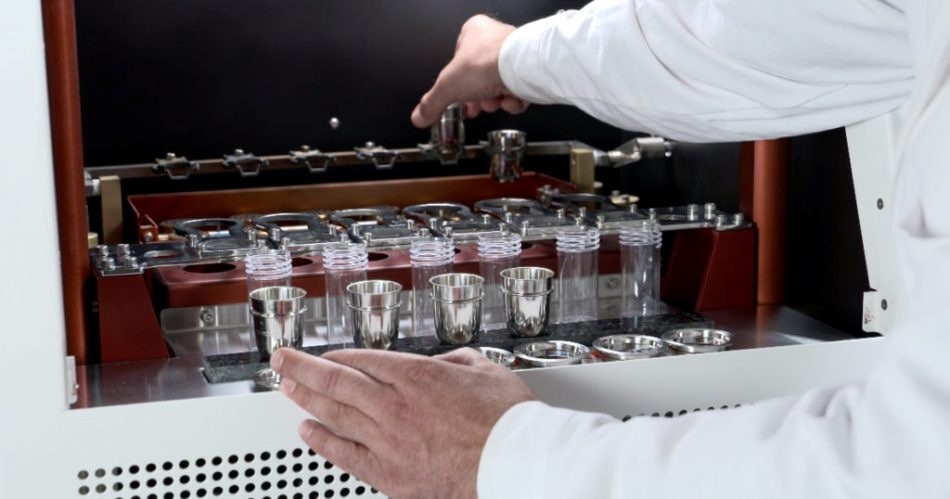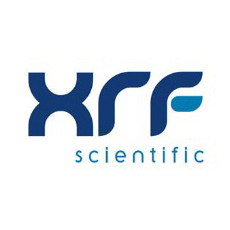XRF sample preparation is a precise method of preparing analytes for elemental analysis. For example, organic samples being analyzed by XRF must be uniformly homogenized through the use of hydraulic crushing or pulverizing equipment prior to being dosed with a eutectic flux mixture and prepared through fusion techniques. This sensitive and multi-component protocol allows researchers to acquire near-homogenous x-ray fluorescence data from a sample in a wide range of applications that require actionable results with negligible margins of error, such as in geological explorations and forensics analyses.
XRF sample preparation routines ensure that operators and researchers acquire the appropriate equipment and treatment of chemicals for a variety of distinct specifications. These procedures provide industry benchmarks for quantifying distinct elemental concentrations present within analyte samples. Additionally, these sample preparation routines are able to support unique analytical methods with bespoke sample preparation insights.

Method Development for Copper Analysis
XRF spectrometers observe the emissive fluorescence of distinct elements within a homogenous sample by discriminating between the incident x-rays or gamma rays that are present within the output signal. The weaker fluorescent wavelengths of the analyte are detected by a sensitive optical array that is capable of distinguishing between the unique fluorescent signals of almost every element in the periodic table. Despite this specificity, fluorescent count rates do not always represent a proportional relationship to the volumetric concentration of a given element within an analyte.
To address the matrix effects of other elements that are present within the sample, researchers began working towards the development of a new method that could enhance x-ray absorption and affect the accuracy of optically acquired data. This correction methodology typically requires a robust analysis of any major elements within an analyte according to the established elemental data suites.
XRF Scientific has recently proposed a new method development technique for copper quality analysis through the use of a tantalum-doped flux mixture of lithium tetraborate and lithium metaborate at a ratio of 12:22. This process relies heavily on the K-alpha spectral emission lines of both copper and the L-alpha emissive lines of tantalum, of which remained in ultra-low concentration levels that were in the sub-parts per million range.
This novel method development presents a promising solution to quantifying both the concentration and quality of copper present within analytes through the analysis of the ratio of copper K-alpha to tantalum L-alpha emission spectra. In this spectra, the copper concentration within a sample solution is therefore directly proportional to the two peak intensities of these spectral lines.
Method Development from XRF Scientific
XRF Scientific offers method development services for x-ray fluorescence analysis facilities by providing industry expertise to researchers working on a wide range of analytical applications. The method development applications of XRF Scientific have included quantifying the presence and concentration of elements including alumina cement, calcite, calcium carbonate, ferrous alloys, silicas, polymers and refractory materials. Additionally, XRF also offers their customers insights into the most suitable fusion flux mixtures for such materials and support throughout ongoing quality control processes with on-site XRF calibration tests.

This information has been sourced, reviewed and adapted from materials provided by XRF Scientific.
For more information on this source, please visit XRF Scientific.